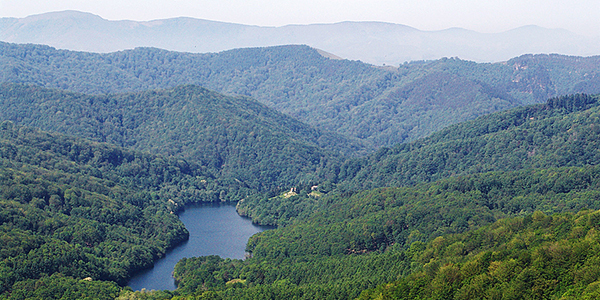beelsebob wrote:SatchelCharge wrote:Setting up suspension for the curbs on this track - do you want it soft anyway? Or is there a compromise. Do teams just rely on the bouncy tires to absorb that shock?
I would certainly imagine that you want soft suspension here for several reasons
1) Kerb riding
2) Traction
3) Not many corners that rely on ultimate aero setup, and hence need the car nice and level and stable.
Here's what F1 engineers think about it. Well, at least at Enstone.
The Circuit
Approaching Turn 1: The fastest part of the track – with speeds of around 340kph – before braking
hard for the slowest part of the circuit – the Rettifilo chicane – which has a minimum speed of around
75kph. The kerbs are used extensively here as drivers aim to find the shortest line through this tricky
right / left combination.
Turns 2 + 3: Good power delivery on exiting the chicane is essential as the drivers accelerate hard
through Curva Biassono; a good slipstreaming opportunity heading into the next complex.
Turns 4 + 5: Heavy kerb usage through the Turn 4 / 5 chicane, which the cars approach at 330kph
before braking down to around 120kph.
Turns 6 + 7: The Lesmo curves are approached at over 260kph, with a minimum corner speed of
around 180kph in Lesmo 2. Good car control is required though this tricky double right-hander due to
the lower than optimum levels of downforce used at this circuit.
Turns 8 – 10: Variante Ascari is a fast third and fourth gear chicane, but unlike the previous chicanes
around the track there is no kerb usage. The cars approach this complex at around 330kph with a
minimum speed of around 170kph in the first left hand turn, making for a spectacular part of the circuit
where bravery from the drivers is very much rewarded.
Turn 11: The second fastest part of the track, with top speeds of around 335kph reached before
braking to around 215kph at the slowest part of the corner. It’s crucial to stay close to the car ahead
through Curva Parabolica to be positioned for a pass on the following straight.
The Car
Rear Wing: With the long straights forming a significant aspect of the Monza circuit layout – speeds
of around 330kph being attained during the course of a lap – minimising drag is an important
consideration. For this reason a Monza-only low downforce rear wing is produced. As the rear wing
creates less drag that normal, the difference made by DRS is less than at other circuits.
Front Wing: Just as for the rear wing, a bespoke low downforce front wing is produced for Monza.
This really is the home of speed!
Suspension: There are two low-speed chicanes [Turns 1 / 2 and 4 / 5] where the kerbs are used
heavily, so a softer suspension setup with longer travel is preferable for these. However, there is also
the higher speed 3rd / 4th gear Ascari chicane [Turns 8 / 9 / 10] where a stiffer setup with sharper
change of direction is preferable due to its higher speed and lack of kerb usage.
Brakes: After Montréal, this is one of the heaviest circuits of the year for braking demands; with
braking from the fastest part of the track [340kph] to the slowest [75kph] taking place for the Turn 1 / 2
chicane. Recent brake material developments mean that temperatures and wear have become less of
a consideration than previously.
Tyres: Due to the higher speeds seen at Monza there may be some specific limitations on inflation
pressures and camber settings. This is not uncommon for Monza and is just another factor in making
this circuit such a unique challenge.
Engine: Monza is very much a power circuit, with its long straights meaning that a significant portion
of the lap is spent at full throttle. It’s not just all-out power that’s required however, with smooth
delivery exiting the corners onto the straights also important.





